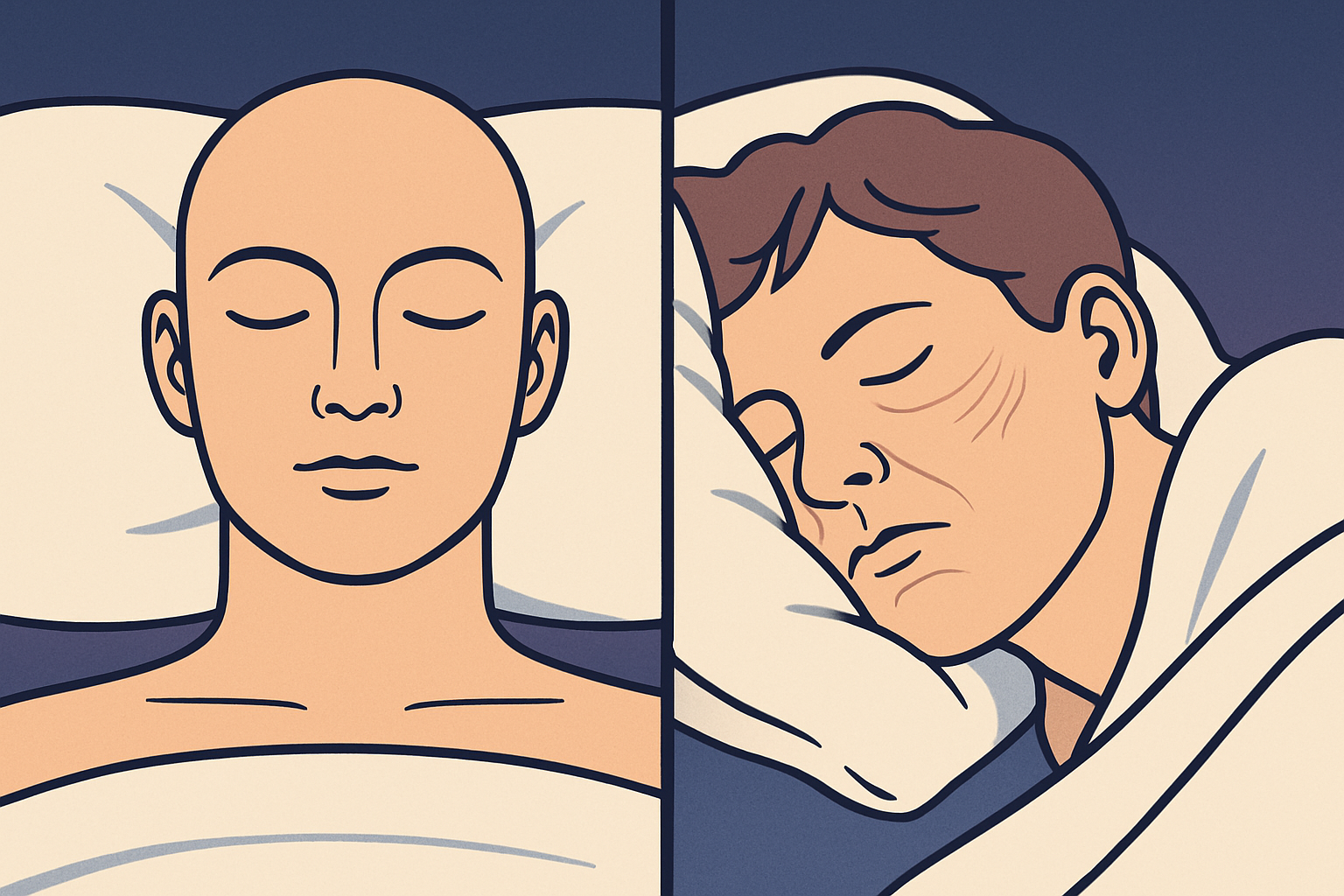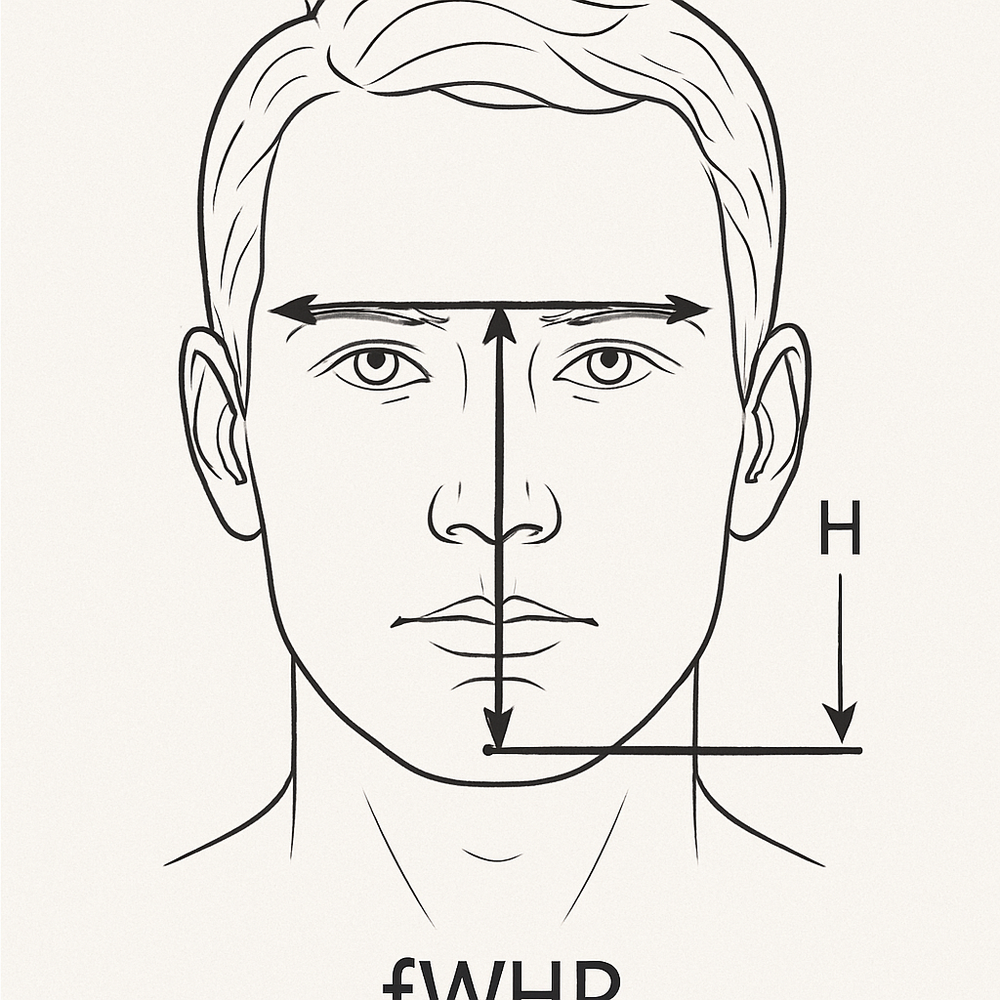Have you ever wondered how long the average face is? While it may seem like a peculiar question, it’s actually an interesting aspect to explore. In this article, we will delve into the measurements and factors that determine the length of a face in inches.
What is the Length of a Face?
Before we dive into the analysis, let’s clarify what we mean by the “length” of a face. When we refer to the length of a face, we are specifically measuring the distance from the hairline to the chin. This measurement provides a general idea of the vertical dimension of the face.
Measuring the Average Face Length
Measuring the average face length can be a challenging task due to the wide range of facial shapes and sizes. However, researchers have conducted studies to determine an approximate average measurement.
According to these studies, the average length of a face in adults ranges from approximately 4.5 to 5.5 inches. It’s important to note that this measurement may vary depending on factors such as gender, ethnicity, and individual variations.
Factors Influencing Face Length
Several factors can influence the length of a person’s face. Let’s explore some of the key factors:
1. Genetics
Genetics play a significant role in determining facial features, including face length. Certain genetic traits can contribute to longer or shorter faces. However, it’s important to remember that genetics is not the sole factor and that environmental factors also play a role.
2. Growth and Development
The length of a person’s face can change over time due to growth and development. During childhood and adolescence, the face undergoes significant changes, and the length may increase as the individual grows.
3. Bone Structure
The underlying bone structure of the face also influences its length. Individuals with a larger or more prominent jawline may have a longer face compared to those with a smaller jawline.
4. Muscles and Soft Tissues
The muscles and soft tissues in the face can also contribute to its length. Factors such as muscle tone and the amount of subcutaneous fat can affect the overall appearance and perceived length of the face.
Measuring Your Own Face Length
If you’re curious about the length of your own face, you can measure it yourself. Here’s a simple method to do so:
- Stand in front of a mirror with your hairline clearly visible.
- Using a flexible measuring tape, start from your hairline and measure down to your chin.
- Note down the measurement in inches.
Remember that this measurement is just an approximation and may not be as accurate as professional measurements.
The Significance of Face Length
While the length of a face may not hold significant implications in everyday life, it is an interesting aspect to explore in the field of anthropology and aesthetics. Understanding the average face length and its influencing factors can contribute to our knowledge of human variation and beauty standards.
It’s important to remember that beauty comes in all shapes and sizes, and there is no ideal or “perfect” face length. Each individual’s face is unique and should be celebrated.
Conclusion
Although measuring the average length of a face in inches may seem like an unusual topic, it provides insight into the diverse nature of human facial features. The approximate range of 4.5 to 5.5 inches serves as a general guideline, but individual variations and factors such as genetics, growth, bone structure, and soft tissues also play a significant role.
Next time you look in the mirror, take a moment to appreciate the uniqueness of your own face, regardless of its length. After all, it’s the individuality that makes each face truly beautiful.







